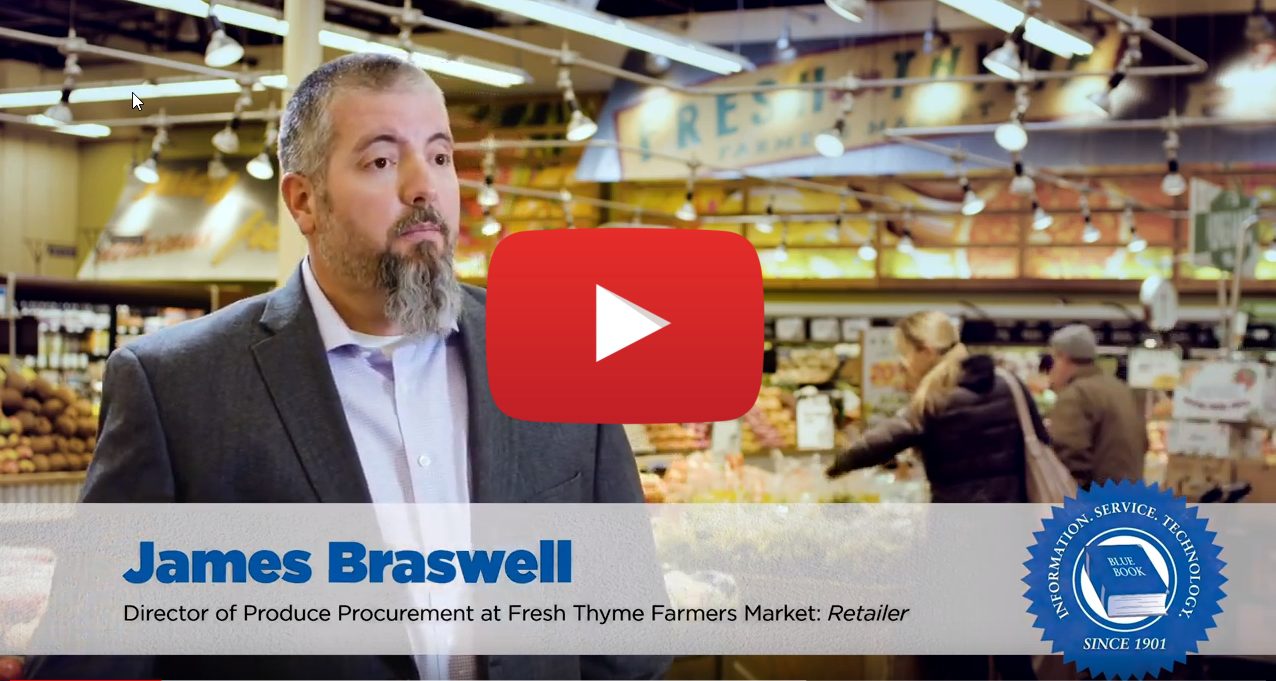Regulatory Landscape
Canada is also not subject to the U.S. Department of Agriculture’s Perishable Agricultural Commodities Act (PACA), although there is a push to introduce similar legislation (see our article on the Regulatory Cooperation Council in this supplement).
Several participants—18 percent—remarked on this disparity and Patrick Hanneman, a principal of Farm2Market Agribusiness Consulting, explains that in the absence of mandatory and binding PACA-type rules, buyers and sellers should certainly “establish rules to govern the parameters for a successful transaction, [with] recourse for both sides.”
The importance of using experienced customs brokers was also stressed by those surveyed. Regulatory issues, naturally, vary widely between the two countries.
Existing legislation such as E-Manifest and the Safe Food for Canadians Act, as well as upcoming changes in the modernization of inspection methods will impact cross-border business. “The regulatory environment, official quality standards, and enforcement options are all different in Canada as compared with the United States,” notes Hanneman.
There are also new issues to be aware of in every aspect of cross-border transportation. With a few exceptions, most carriers are now required to carry Automated Commercial Environment (ACE) manifests as well as the Pre-Arrival Review System (PARS) barcode required by Canadian customs, and a Dispute Resolution Corporation number for inbound and outbound fruit and vegetable shipments.
Joe Rubini, president of Rally Logistics, explains another important factor: “The Canadian Ministry of Transportation also requires [Speed] Governors to be installed in all trucks, which are not allowed to have a shutoff switch,” he notes. “All Governors are to be set at 55 miles per hour; this greatly increases the transit times for carriers from anywhere in the United States and Canada, and drivers cannot make up any time by driving at some of the higher speed limits on U.S. highways. This is why it is so important that shippers get trucks out early, with as little waiting time as possible, to ensure on-time delivery.”
Culture Club
Many correspondents also emphasized the importance of learning the cultural differences between the United States and Canada. Though no one factor dominated the issue, various differences in culture, markets, and demographics were cited by 31 percent of survey-takers.
As many pointed out, Canada may be a smaller overall market, but there are big variations in growing seasons, national holidays, and preferences in consumption (smaller product sizes was repeatedly emphasized by survey respondents).
Also particularly relevant were demographic factors affecting the various provinces; nearly everyone responding to the poll, a full 93 percent, made comments about provincial differences. “My expertise is with the Quebec-Montreal market,” explained Sophie Perreault, executive director of the Quebec Produce Marketing Association, “but this doesn’t mean I have the same knowledge and insights for the state of the produce industry throughout Canada.”


